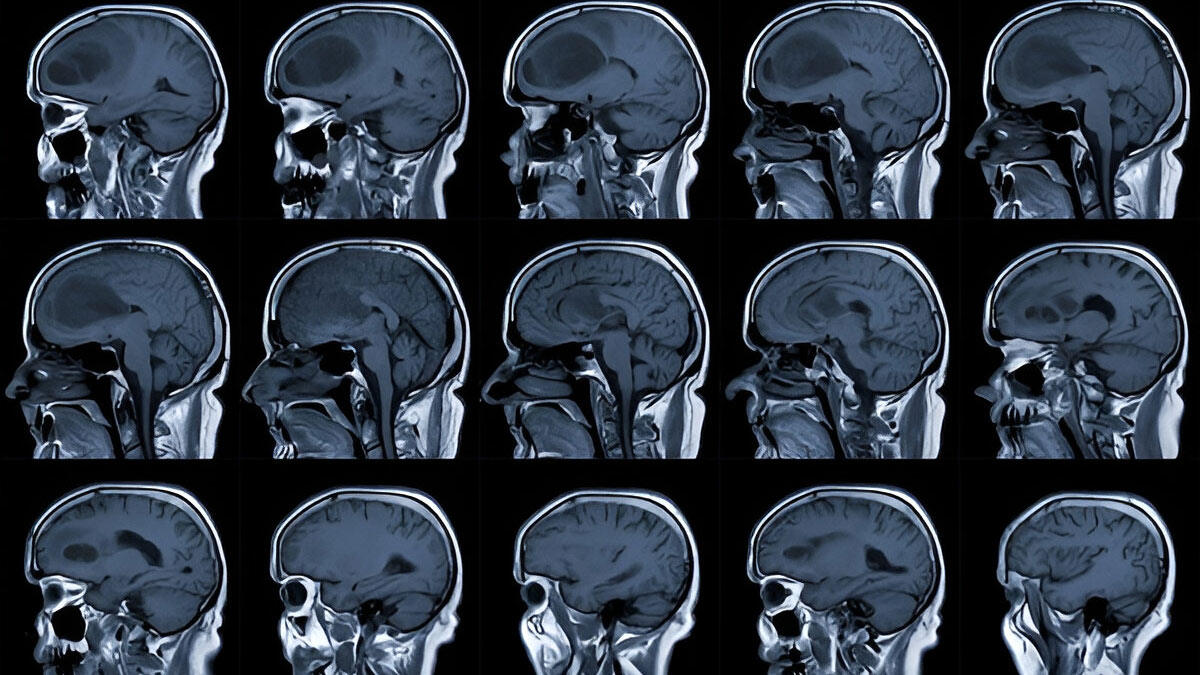
During her vacation in Turkey, Moli Morgon, a 22-year-old farmer from Wales, England, suffered two seizures, which doctors initially dismissed as heatstroke symptoms. However, days later, a thorough medical investigation diagnosed her with a life-threatening brain tumour.
Table of Content:-
"I had no real warning signs before or during the holiday," she told The Sun. "I have only ever had a migraine but didn't think anything of it at the time."
Moli further shared that it was hot but not unbearable. But when she suffered the seizures, a doctor on site told her that it was probably just heatstroke. "We had been in the sun all day, and I hadn't drunk much water, so I sort of thought nothing more of it and that it was probably just heatstroke, and we flew home the next evening," she recalled. Once she was back, she decided to get a second opinion "just to be on the safe side, ”only to find out she had a 4 cm glioma on the left side of her brain.
Also Read: Childhood Cancer Treatment: Expert Explains Advances In Treating DIPG, A Deadly Brain Cancer
What Is Glioma?

A glioma is a type of brain tumour that originates in the glial cells of the brain or spinal cord. These cells support and protect nerve cells. Gliomas can be either benign (non-cancerous) or malignant (cancerous) and can vary in their growth rate.
There are three common types of gliomas, which are classified based on their phenotypic cell characteristics: astrocytomas, ependymomas, and oligodendrogliomas.
According to a 2016 study published in Handbook of Clinical Neurology, more than 2.5 lakh new cases of primary malignant brain tumours are diagnosed annually worldwide, 77% of which are gliomas. While anyone can develop gliomas, men are more likely to be diagnosed with them than women.
What Is Heatstroke?
Heatstroke is a condition that occurs when the body gets overheated and cannot cool itself down. It happens when the body's temperature reaches above 40°C. Symptoms include hot, dry skin, confusion, dizziness, rapid heartbeat, fainting, and sometimes seizures or coma.
The World Health Organization (WHO) describes it as a medical emergency with a high case fatality rate. Heat-related mortality for people over 65 years of age increased by approximately 85% between 2000–2004 and 2017–2021, as per the global health organization.
Glioma Vs. Heatstroke: How To Differentiate Between The Two

In an interaction with the OnlyMyHealth team, Dr Swati Kumar, Consultant Neurologist, Fortis Hospital, Anandapur, Kolkata, says, "Though both glioma and heatstroke can affect the brain, they are fundamentally different in nature, causes, and treatments."
"Glioma is a type of tumour that originates in the glial cells of the brain or spinal cord. These tumours can be benign or malignant, and their symptoms often develop gradually. Common signs include persistent headaches, seizures, nausea, vision or speech problems, memory loss, and personality changes," she explains.
On the contrary, heatstroke is a sudden, severe, life-threatening condition caused by prolonged exposure to high temperatures or intense physical activity in the heat. While certain symptoms of heatstroke, like confusion, dizziness, rapid heartbeat, fainting, and sometimes seizures, can overlap with symptoms of gliomas, the two differ in terms of their onset and progression, as well as their diagnostic methods.
Some of the key differences include:
- Gliomas are tumours within the brain, while heatstroke is a systemic condition caused by overheating.
- Gliomas have a gradual onset, while heatstroke develops rapidly.
- Gliomas often present with neurological symptoms like headaches, seizures, and cognitive changes, while heatstroke primarily involves high body temperature and mental status changes.
- Gliomas progress slowly, while heatstroke can progress rapidly to a life-threatening condition.
- Gliomas require specialised medical treatments like surgery, radiation, and chemotherapy, while heatstroke requires immediate cooling and supportive care.
Treatment Options For Glioma Vs. Heatstroke

According to Dr Kumar, treatment of gliomas depends on the type, location and stage of the tumour. These include:
- Tumour Removal Surgery
- Radiation Therapy
- Chemotherapy
- Supportive care (medicines, physiotherapy, etc.)
On the other hand, for treatment of heatstroke, rapid cooling of the body is very essential. The person should be provided immediate hospital care. IV fluids should be given to quickly rehydrate the patient.
Conclusion
Moli Morgon’s case highlights the importance of getting a second medical opinion, especially if the symptoms of one condition overlap with another condition. In her case, something as life-threatening as a glioma, a cancerous brain tumour, was mistaken for a heatstroke, which, although fatal in some cases, can be managed with simple measures. In such scenarios, it is always advisable to get necessary tests and screenings to confirm diagnosis and receive appropriate treatments.
Also watch this video
How we keep this article up to date:
We work with experts and keep a close eye on the latest in health and wellness. Whenever there is a new research or helpful information, we update our articles with accurate and useful advice.
Current Version